
SPRAY FOAM CAN BE A LITTLE BIT OF A NIGHTMARE*
Spray foam is a good idea but it can also be a little bit of a nightmare. It could be done well, it would solve the problem of having to transport all that massive insulation all over the UK. In a way, it would be a great thing for cutting down our CO2 emission but mortgage companies really need to love it because if they don't, the game is over. If you are going to sell your house and they see you have got spray foam in your loft, they're very likely to say to the person who’s going to buy your house - WE WON’T GIVE YOU A MORTGAGE on this property. Nobody wants to be in this particular situation, right? Let’s find out why mortgage companies avoid financing such properties and what you need to be aware of when using spray foam.

 TABLE OF CONTENTS
TABLE OF CONTENTS
SPRAY FOAM CAN BE A LITTLE BIT OF A NIGHTMARE
SPRAY FOAM INSULATION - IS IT REALLY THAT GOOD?
SPRAY FOAM INSULATION IN UK
SPRAY FOAM TYPES
SPRAY FOAM DOES NOT HAVE TO BE THICK
SPRAY FOAM - REMEMBER ABOUT YOUR RAFTERS
DON’T TRY TO DO IT YOURSELF. SPRAY FOAM IS NOT DIY JOB!
SPRAY FOAM CUTS DOWN AIRBORNE NOISES. REALLY?
FOAM SPRAYED HOUSES STILL NEED TO BE VENTILATED
SPRAY FOAM INSULATION - IS IT REALLY THAT GOOD?
Spray foam - what is not to like about spray foam? It saves you all that cutting, it saves you all that laborious process and it produces a lovely airtight seal. Unlike with Celotex PIR, you don’t get draught gaps. With PIR insulation if not fitted right, the air gets through and as the air gets through the heat gets through too. Spray foam is a 100% seal because it fills in all those tiny gaps.
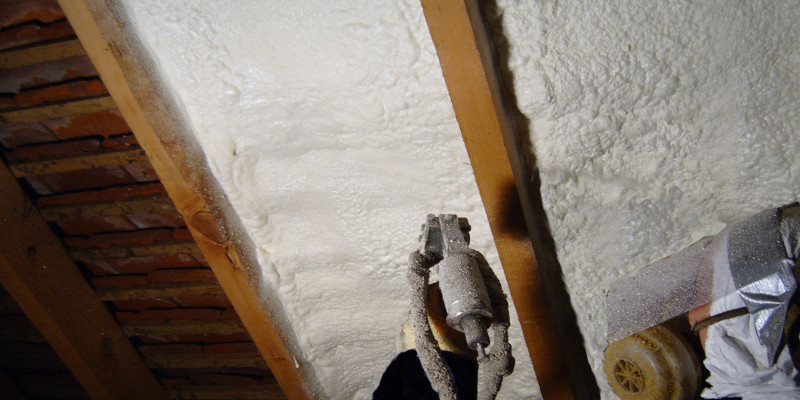
Picture credit: spraysealroofinsulation.co.uk
SPRAY FOAM INSULATION IN UK
The biggest problem with spray foam in the UK is that moorgate companies don’t like it! If you are going to sell your house and they see you have got spray foam in your loft, they're very likely to say to the person who’s going to buy your house- we won’t give you a mortgage on this property. Why? Well, they won't be able to see the roof structure because it’s been covered with spray foam. They can no longer see the condition of the roof. That means for them that the timbers could be rotting, so they would know nothing about it.
When it comes to spray foam, they simply assume that all kinds of horrors are taking place behind that spray foam. They may also say that the damp is building up there and it’s rotting the timbers now. Those are the things to consider- if you are selling your house.
SPRAY FOAM TYPES
Spray foam comes in two types: closed cell and open cell structure. The closed cell means that all those bubbles are all kind of closed up and the airborne moisture can’t get through because the closed cell stops any transfer of moisture through the material.
On the other hand, open cell spray foam cells allow that moisture to go through. You may think it's an open cell so it can ‘breathe’ as they say. Yes, it means any moisture that’s trapped inside walls or your loft can permeate through and it can escape to the other side.
If you got an impermeable membrane on the other side of the roof the moisture is going to get through that open cell foam and it’s going to sit there trapped behind the open cell foam and the impermeable membrane under tile slatingthat you’ve got there.
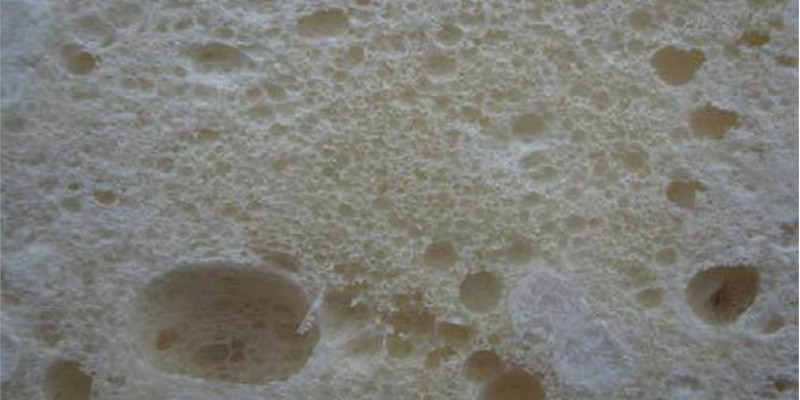
SPRAY FOAM DOES NOT HAVE TO BE THICK
Another thing to observe about spray foam is that it’s very rarely put in a thick layer. In other words when you get something like Celotex PIR or Kingspan phenolic or any other of those insulation products, they usually tend to be 100-120mm thick. So you got quite a bit of mass there through which heat can’t travel.
With spray foam, installers might put it into a depth of maybe 25mm or 50mm max. And then again they rely on having that sealed air gap on the inside between the spray foam and the plasterboard. Basically you have got a sealed air gap there which is basically a heated space and that stops a lot of the heat transfer because it is very difficult for heat to travel across ‘dead’ air airspace.
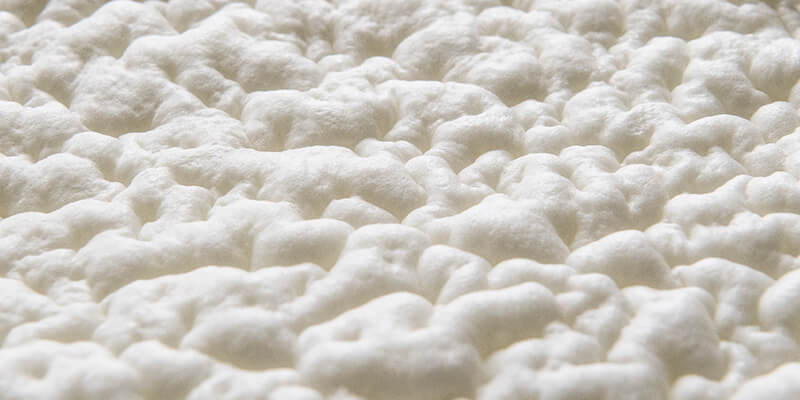
SPRAY FOAM - REMEMBER ABOUT YOUR RAFTERS
Remember you still got your rafters and other areas where they're directly in contact with the outside which means you got a bit of cold bridging. Because of that, you will see on some days a pattern emerging on the inside of the plasterboard where you see a difference between what’s insulated and what isn’t insulated. In those cases very often put a layer of PIR Celotex across the underside just to give some insulation onto those rafters.
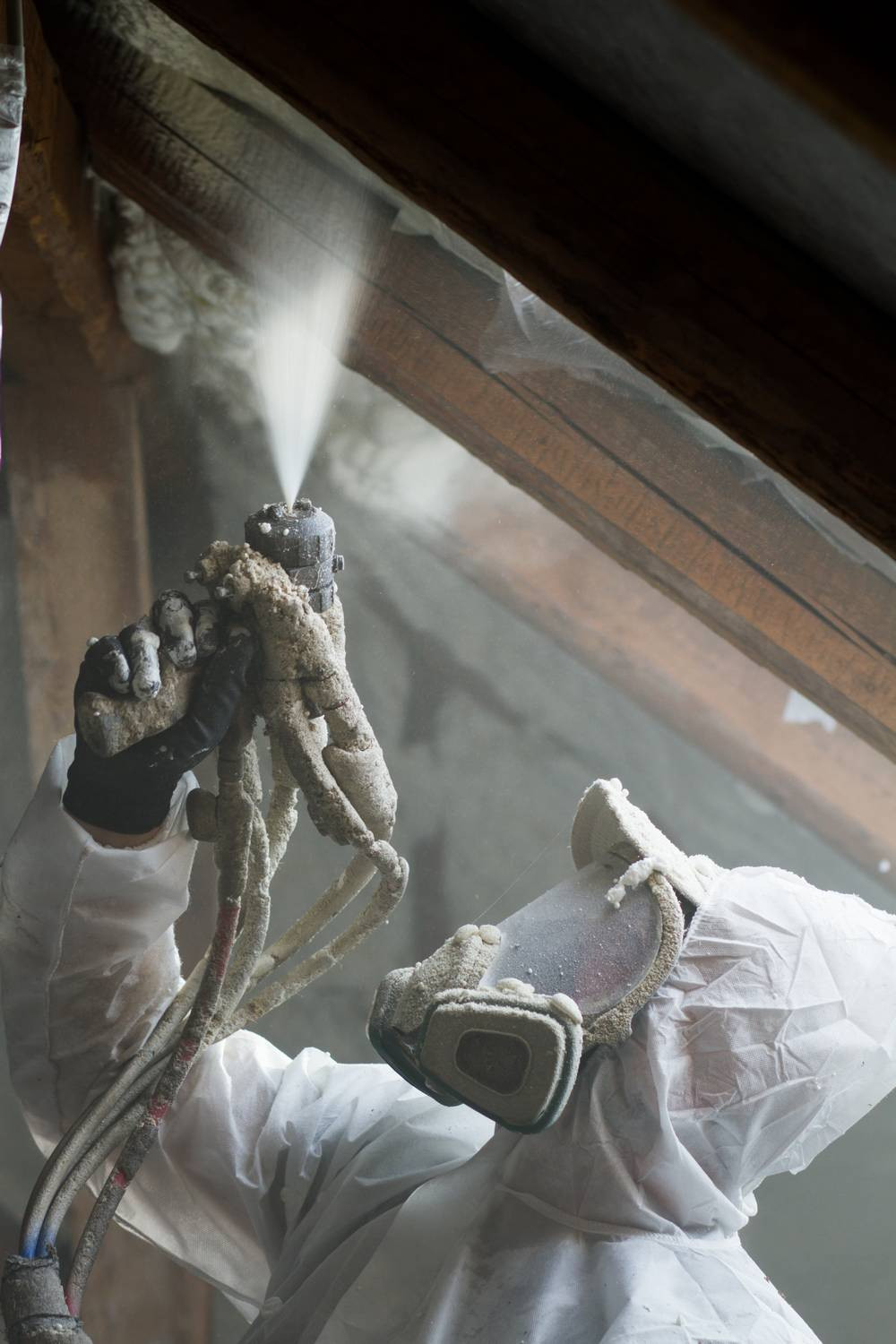
DON’T TRY TO DO IT YOURSELF. SPRAY FOAM IS NOT DIY JOB!
If you’re going to have it done, have it done by the professionals and check that they give you some decent guarantee. Here is why..
It is absolutely and probably the worst thing you can do. It is not a DIY product, you need to know what you are doing. If you don’t get that mix right, well you only can blame yourself. Spray foam does vary with temperature. Generally speaking, what you need in the summer is different to what you need in the winter. Professionals spend weeks and weeks training so that they know how to apply that material. If you apply it yourself it can shrink back from all around the joists especially if you’re got any moisture or oil in them. So even if you go for closed cell foam you may end up with air and of course moisture percolating through.
SPRAY FOAM CUTS DOWN AIRBORNE NOISES. REALLY?
If you’re living near a motorway or railway line or airport it is absolutely lovely to have that continuous barrier to stop sound coming through. But it’s not as easy as that. While spray foam stops airborne sound coming through but if any sound gets onto the structure, in other words if there’s a vibration on the structure, it actually transmits sound so you again get a very peculiar thing-you get more resonance in the house because you’re got a solid structure. You find that the whole acoustics of a house can change dramatically when you put in spray foam. So be aware that spray foam may sound proof for your house in one way but it may enhance noises or peculiar resonance in the house that you’ve never experienced before.

SPRAY FOAM MAKES FANS NOT WORK EFFICIENTLY
When people have spray foam sprayed in the loft and whole house is sealed up tight, they find that it cuts down on all those droughts warms the house up quite a lot but what they then notice is that their extractor fan in a bathroom and maybe the cooker hood in the kitchen are not working as well as they where. The reason for that's there's no air being replaced when that air is being sucked out and if you don't get that, it doesn't vacuum the house. Fans are no longer powerful enough to suck on that vacuum. Unless you put some trickle vents in windows you will find that you’re not getting enough replenishment air into the house. What that also means is that the house is warmer and you’re not getting the ventilation, that the humidity in the house is also building up and it could well be that you start to get damp problems in the house where you didn’t have those damp problems before. It would be nice and warm but it’ll be fuggy which can cause problems for people like dust mites and allergies and all the rest of it.
FOAM SPRAYED HOUSES STILL NEED TO BE VENTILATED
Remember that you still need to breathe and you still need air in the house. So if you are going for this option make sure that you still allow a little bit of replacement air to come in.
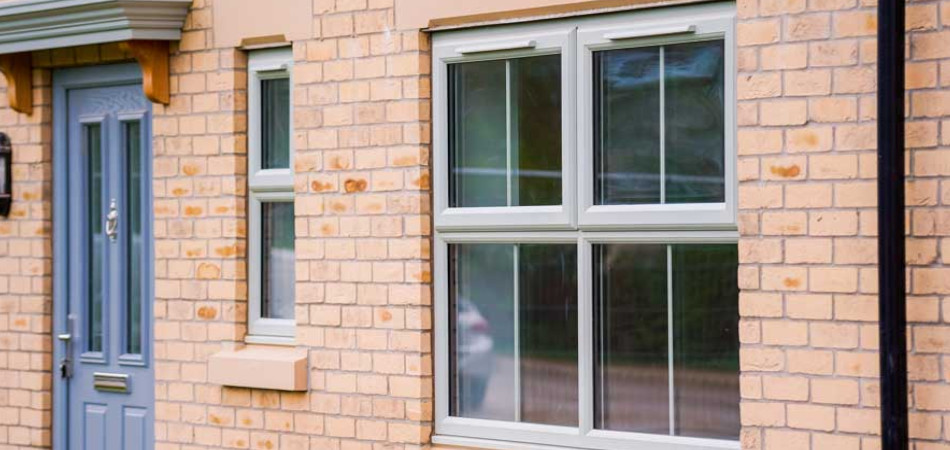
Picture credit:jacksonwindows.co.uk
BIBLIOGRAPHY
Picture credits:
1.you tube.com, Skill Builder, ‘Spray Foam Insulation — The Ugly Truth?’, mpeg, accessed November 29, 2022.
Related articles:
4 ALTERNATIVE BUILDING INSULATION MATERIALS
HOW TO PREVENT WINDOW CONDENSATION
DIFFERENCE BETWEEN EPS AND XPS INSULATION BOARDS
WHAT USES A LOT OF GAS IN MY HOUSE?
*All the information provided in the content published on Insulationgo blog is for informational and educational purposes only. Insulationgo LTD makes every effort to ensure the accuracy and timeliness of the content, but we do not assume any responsibility for any errors or omissions.
The information presented on this blog should not be considered as professional advice or a substitute for consulting relevant experts. Before making any purchase decisions or taking action based on the information presented here, it is strongly recommended to contact the product manufacturer directly to verify the details and ensure its suitability for your specific needs.
By using this blog, you acknowledge and agree that Insulationgo LTD shall not be held liable for any damages, losses, or inconveniences arising from the use or reliance on the information provided herein. This limitation of liability applies to all users of the blog, including but not limited to visitors, readers, and subscribers.










































































































